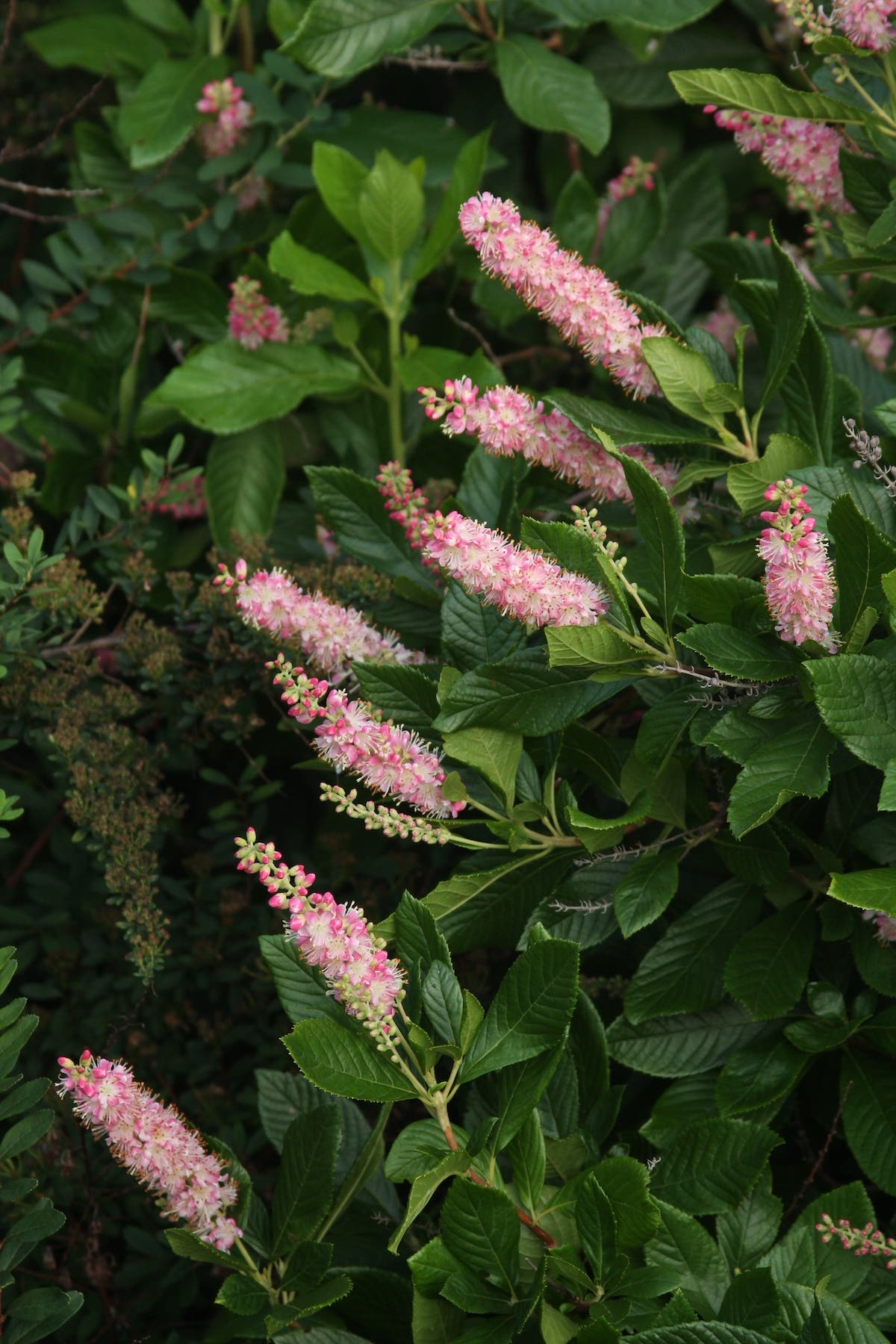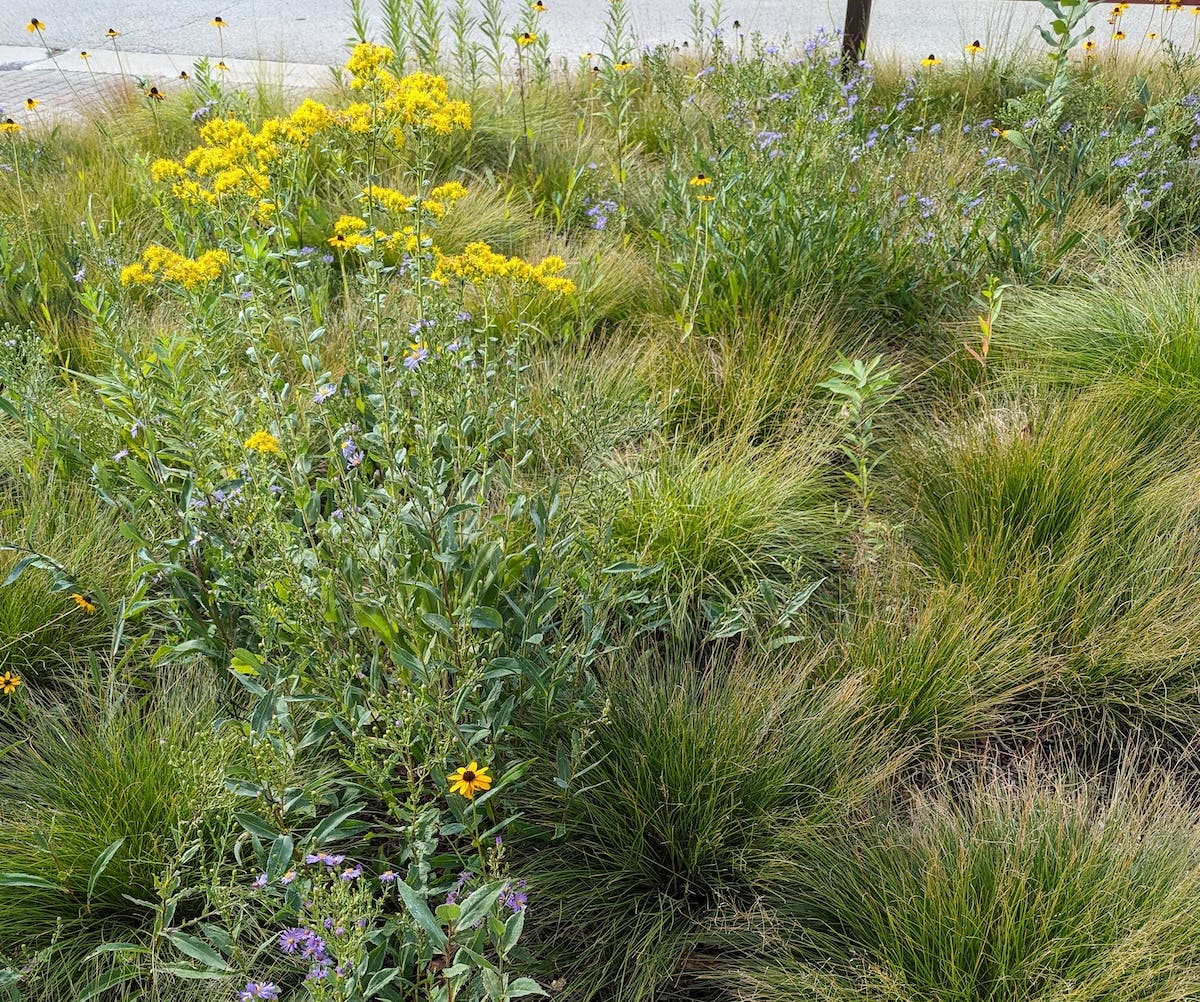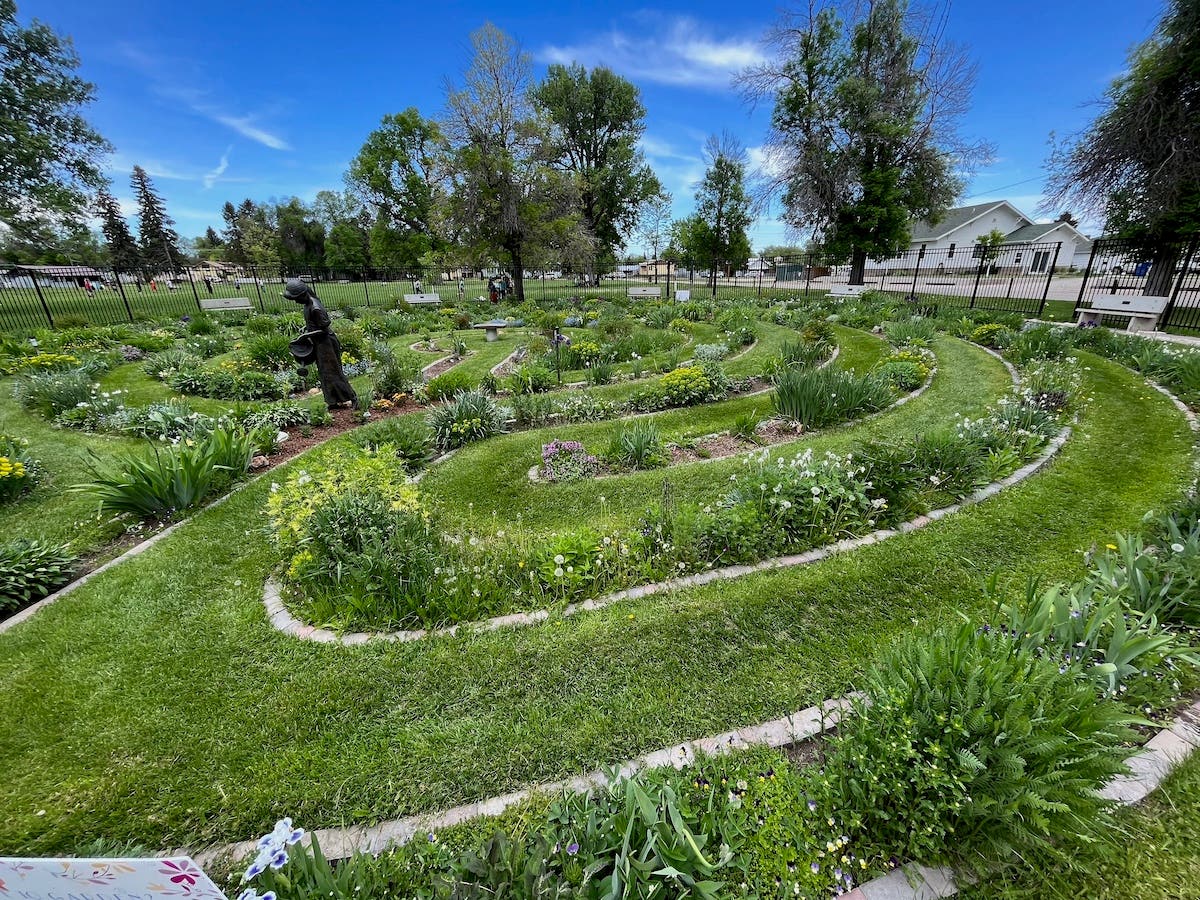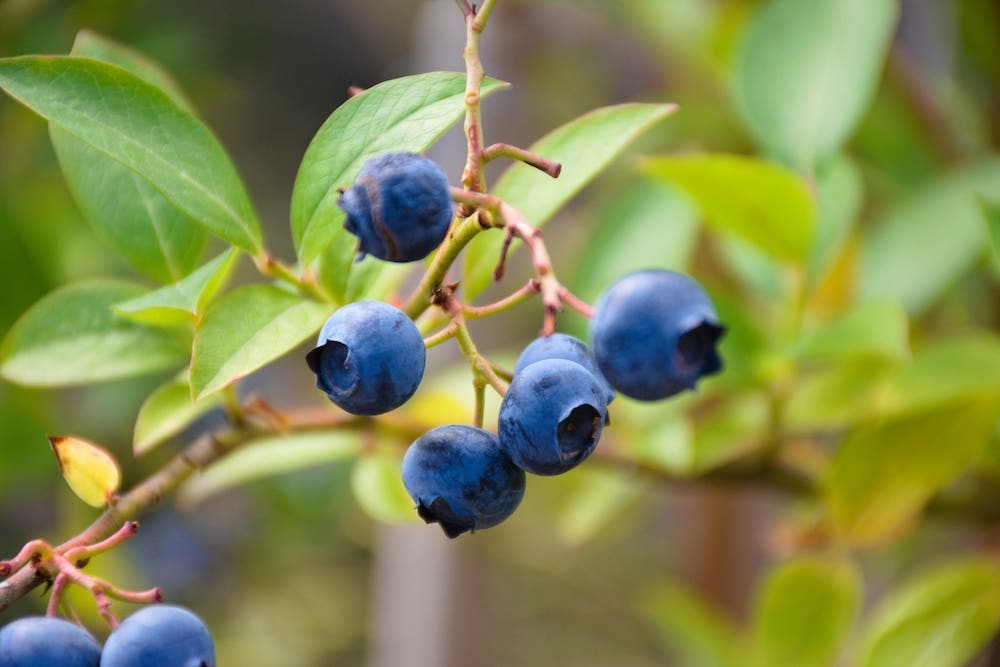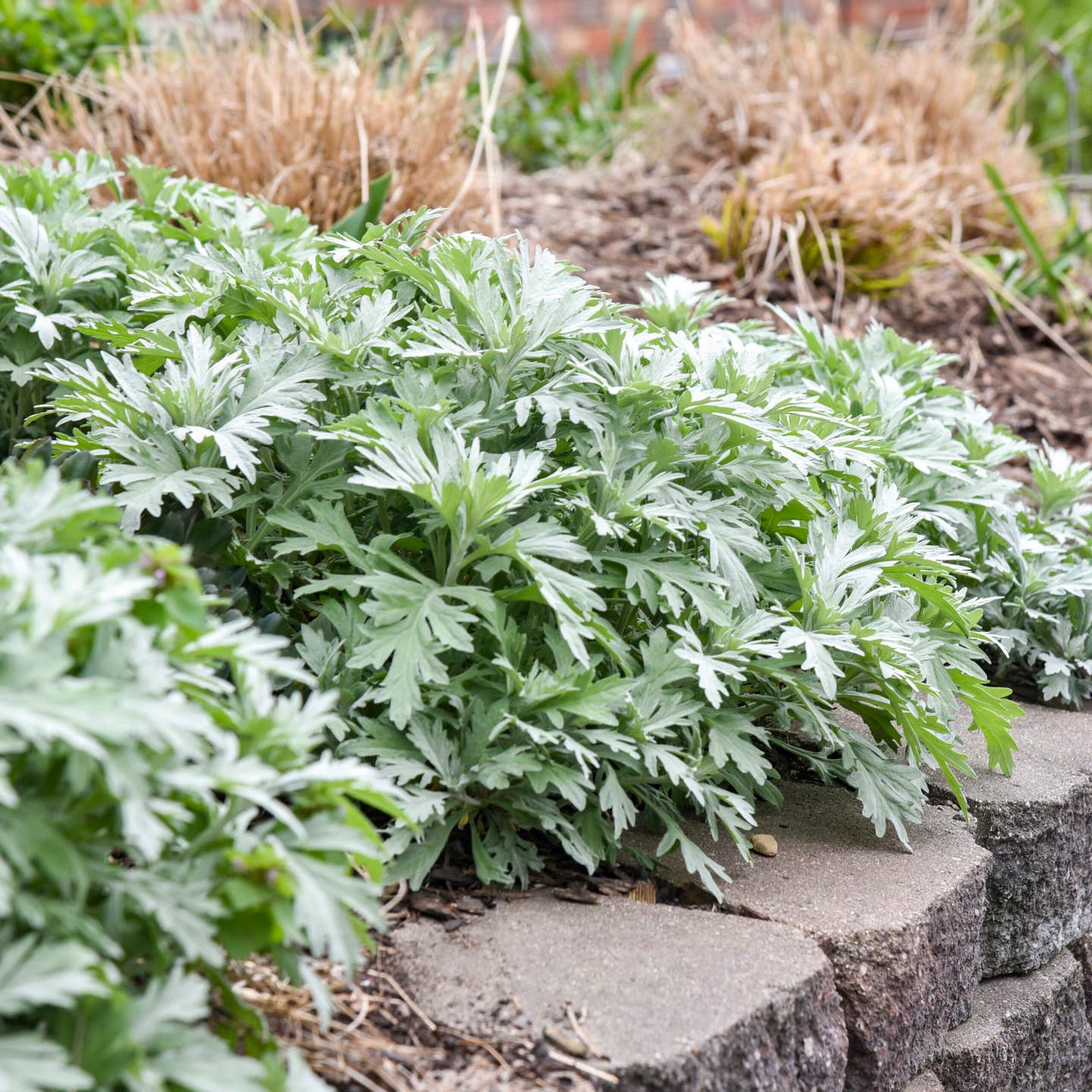Planning the Spring Edible Garden
Before you plant, before you map out the garden, before you even start buying seeds, there are a few things to take into consideration when planning your new spring edible…
Before you plant, before you map out the garden, before you even start buying seeds, there are a few things to take into consideration when planning your new spring edible garden.
Time: Responsibilities outside the garden can change from year-to-year. Take an honest look at the amount of time you have to spend planting, tending and harvesting your new edible garden. Taking on too much may make it difficult to care for the garden, resulting in a lackluster crop or, worse yet, a bumper crop you don’t have time to harvest.
What do you really eat? It is so easy to walk up and down the produce aisles and picture it all growing in your new garden. Turnips, potatoes, carrots, chard, berries and other fruit—it all looks so perfect! And don’t get us started on the countless varieties of lettuce! Yes, it all looks delicious and you may have the skill to grow it all, but honestly, would you eat it all? Just in case your eyes are bigger than your growing capabilities, make lists of what you eat regularly, occasionally and rarely. Use that as a guide as to what to grow. Add one or two new edibles to the list to expand your garden repertoire and create opportunity for new dishes in the kitchen. But be modest; it’s best to grow what you can eat or share and waste not.
Space: Now that you have your manageable list of plants, it’s time to look at the space you have. Best advice: take some time during these cold, dark days to draw your garden to scale if you haven’t already. Estimating from memory what you have room to grow never works, trust us!
Time Management:
- Make a chart of when each edible should be started indoors so it is ready for transplanting to the garden when the weather permits.
- Consider days to germination and days to maturity.
- Count back from the best day to start growing plants outside in your USDA Zone to determine when to start the seeds indoors.
Growing Indoors: Chances are your window ledges, as generous and sunny as they may be, will not be large enough or bright enough to accommodate all your seedlings. If you want to be successful in starting seeds indoors this year, invest in grow lights and a shelving system. They may be a bit of an investment up front, but the lights and rack will last for years and will ensure your plants start out strong and healthy.


